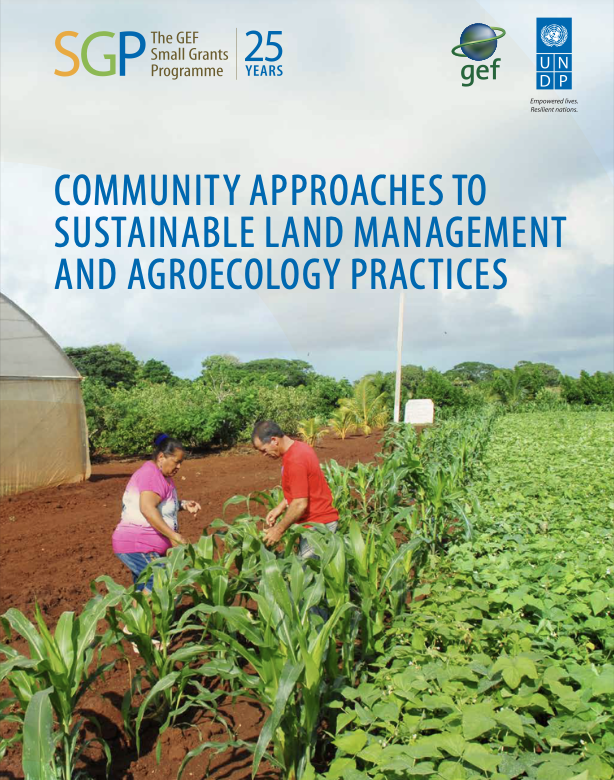Environmentalism and localism in agricultural and land-use policies can maintain food production while supporting biodiversity. Findings from simulations of contrasting scenarios in the EU
Increasing food production without further harming biodiversity is a key challenge of contemporary societies. In this paper, we assess trade-offs between agricultural output and two key agri-environmental indicators in four contrasting scenarios for Europe in 2040. The scenarios represent different storylines encompassing assumptions on macro-economic drivers (e.g.




